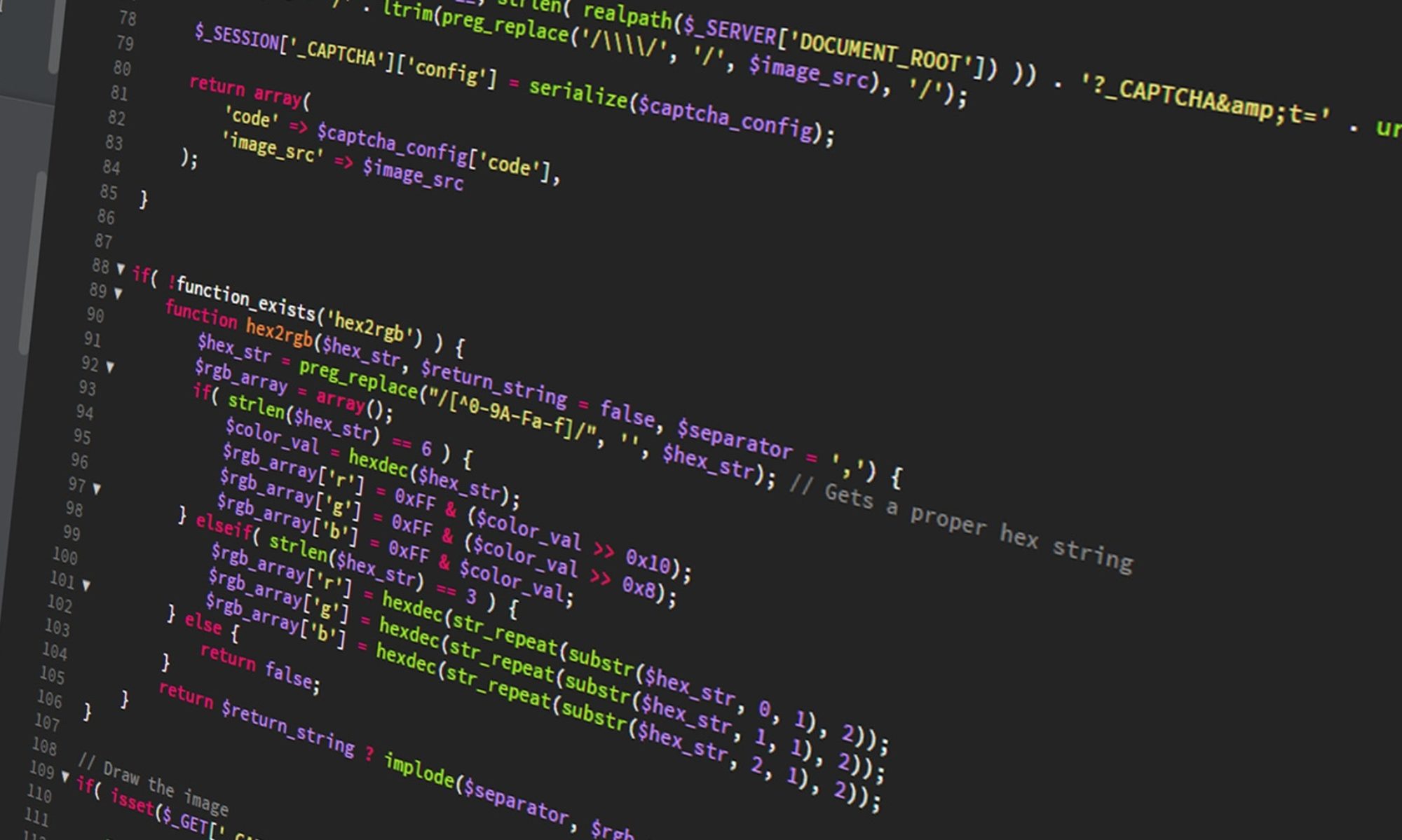I was working on my World War II photo gallery recently. The gallery’s HTML code, particularly the main content section, looks something like the following.
<div id="content"> <div class="main_column"> <img decoding="async" src="images/helloWorld.jpg"> <!-- The photograph and other "main content" goes here. The width of this column is 600px. --> </div> <div class="extra_column"> <!-- This is the vertical side bar. If the width of the photo in the main section is more than 600px, it will overlap this div. --> </div> </div>
Because my vertical navigation bar is on the right side of the page, if a photograph is larger than a particular width, it overlaps the vertical bar. I decided to remove the vertical bar if the photo is too large; let us assume that if the image width is larger than 580 pixels, it is too large. To apply the logic, I used the getimagesize() function. A quick example on this function is below.
list($imageWidth, $imageHeight, $imageType, $imageAttr) = getimagesize($imgName);
echo("The width of the image is ".$imageWidth." pixels.");
// Sample output: "The width of the image is 600 pixels."
I used the following PHP code to make my page work the way I want to based on width of the image.
<div id="content"> <?php $imgName = "helloWorld.jpg"; list($imageWidth, $imageHeight, $imageType, $imageAttr) = getimagesize($imgName); if ($imageWidth <= 580) { ?> <div class="main_column"> <?php } ?> <img decoding="async" src="images/helloWorld.jpg"> <!-- The photograph and other "main content" goes here. --> <? if ($imageWidth <= 580) { ?> </div> <div class="extra_column"> <!-- This is the vertical side bar. Only show this if image width is 580 pixels or smaller. --> </div> <?php } ?> </div>
Beyond width, the getimagesize() function in PHP also outputs other properties; the output is an array containing four elements. As you may have noticed, in my above example, I captured the following properties.
- 0 $imageWidth : Width of the image in pixels; integer.
- 1 $imageHeight : Height of the image in pixels; integer.
- 2 $imageType : Type of the image; integer. Possible values are as follows:
Value Description 1 GIF 2 JPG 3 PNG 4 SWF 5 PSD 6 BMP 7 TIFF (Intel) 8 TIFF (Motorola) 9 JPC 10 JP2 11 JPX 12 JB2 13 SWC 14 IFF 15 WBMP 16 XBM - 3 $imageAttr : HTML-formatted attributes; string. Example: ‘height=”600″ width=”400″‘
